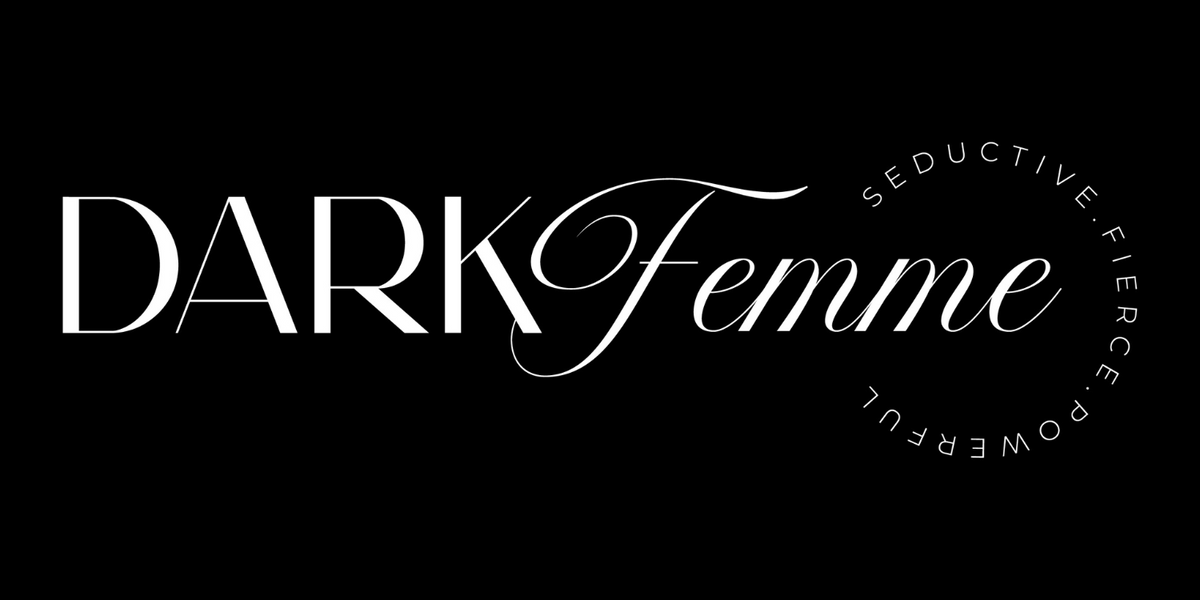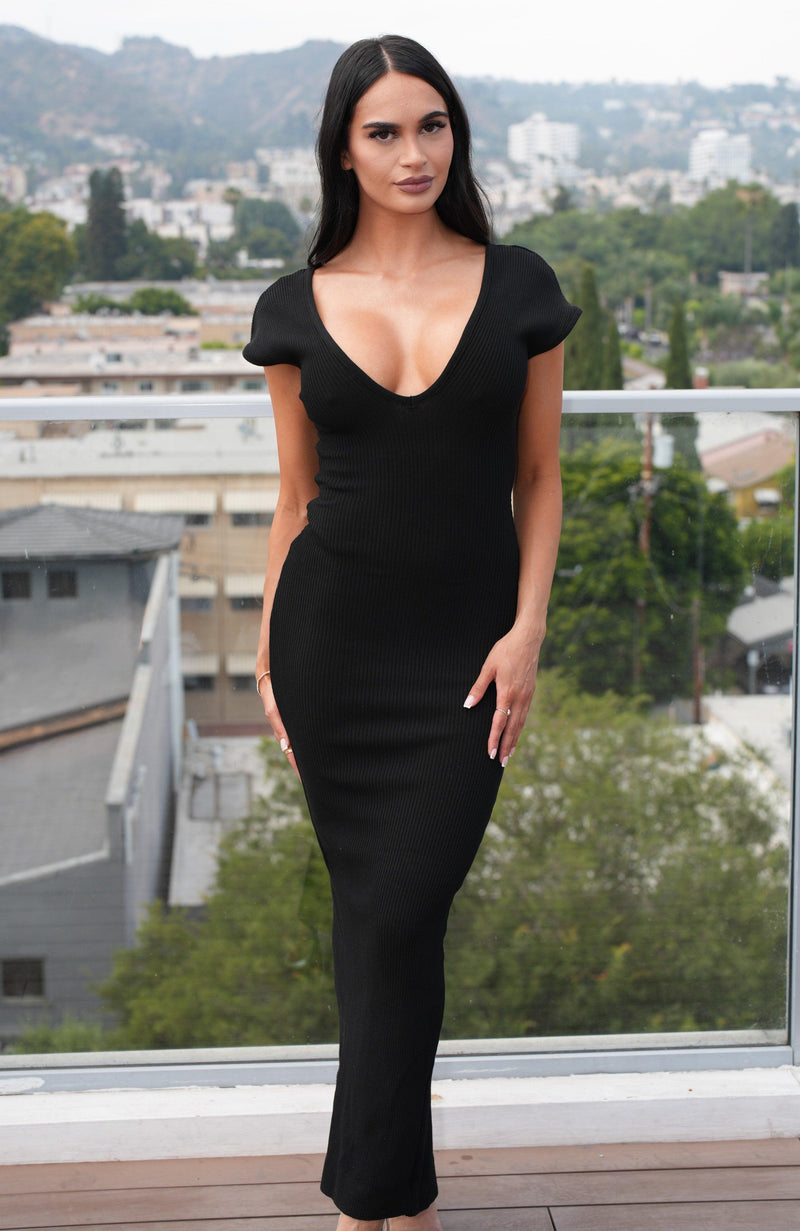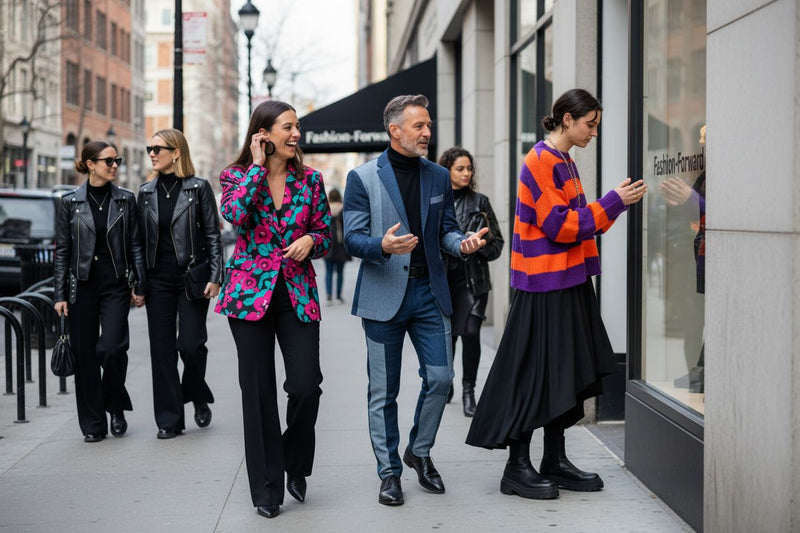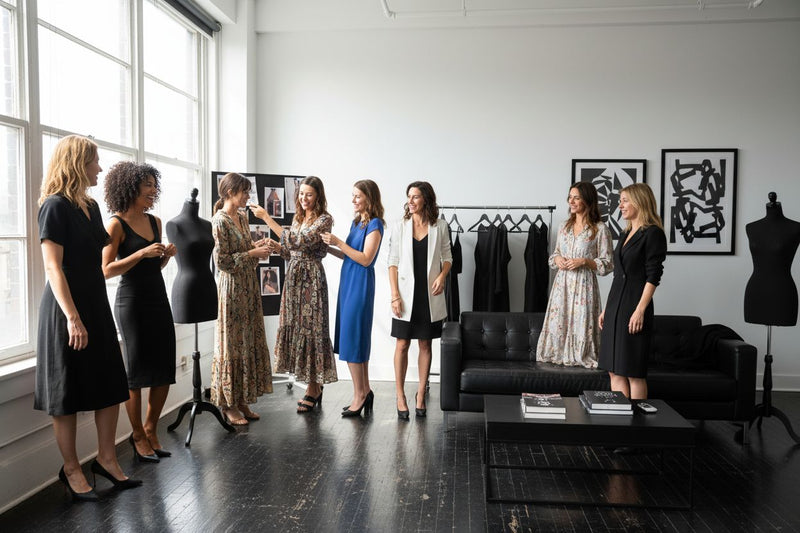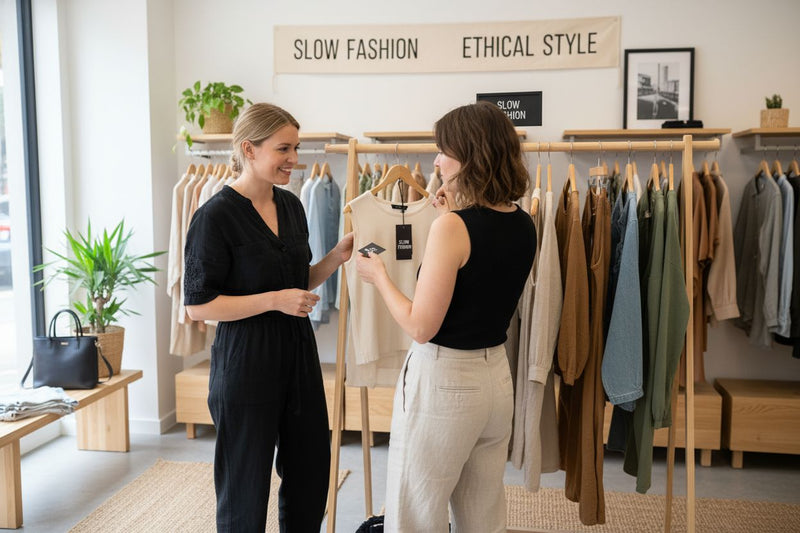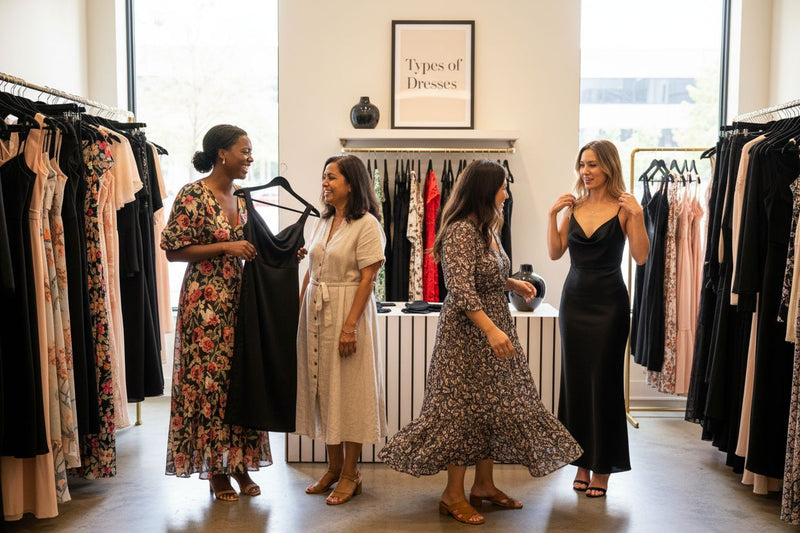
Dresses are more than just clothes. They shape identity and send signals in every social setting. But most people never realize that choosing the right dress style can influence perceptions, career paths, and even how confident you feel. What truly sets dresses apart is how each design silently tells your personal story before you ever say a word.
Table of Contents
- What Are The Different Types Of Dresses?
- Why Types Of Dresses Matter In Fashion Choices
- How Each Dress Type Reflects Personal Style
- Key Features Of Popular Dress Styles
- Choosing The Right Dress Type For Various Occasions
Quick Summary
| Takeaway | Explanation |
|---|---|
| Dress types reflect personal identity. | Different dresses communicate unique aspects of style and personality beyond mere fashion. |
| Selecting the right dress is strategic. | Dress choices can significantly impact personal confidence and social perceptions, aligning with one’s professional image. |
| Understand dress structure and occasion. | The success of a dress hinges on its design elements and suitability for the context, whether formal or casual. |
| Fashion conveys nonverbal messages. | Dress selection serves as powerful nonverbal communication, indicating social standing and emotional states. |
| Be mindful of comfort and style. | Comfort combined with desired aesthetic influences how a dress is received and experienced in various settings. |
What Are the Different Types of Dresses?
Dresses represent far more than just fabric sewn together. They are powerful expressions of personal style, cultural identity, and social context. Historically documented by fashion historians, dresses have evolved dramatically across different eras and societies, reflecting changing aesthetic preferences and social norms.
Understanding Dress Classifications
Types of dresses can be categorized through multiple lenses: length, silhouette, occasion, and design complexity. Each classification offers unique insights into how clothing functions beyond mere coverage.
Below is a table summarizing the main dimensions by which dresses are classified, along with typical examples and what each classification represents.
| Classification Dimension | Description | Common Examples |
|---|---|---|
| Structural Design | Overall shape and construction of the dress | A-line, Empire, Sheath |
| Length Category | How long the dress is | Mini, Midi, Maxi |
| Occasion Specificity | Intended context or social setting | Formal, Casual, Cocktail |
| Design Complexity | Degree of structural detailing | Simple (Slip), Complex (Ball Gown) |
| Understanding these nuanced categories helps individuals select garments that not only complement their body shape but also communicate their personal narrative. |
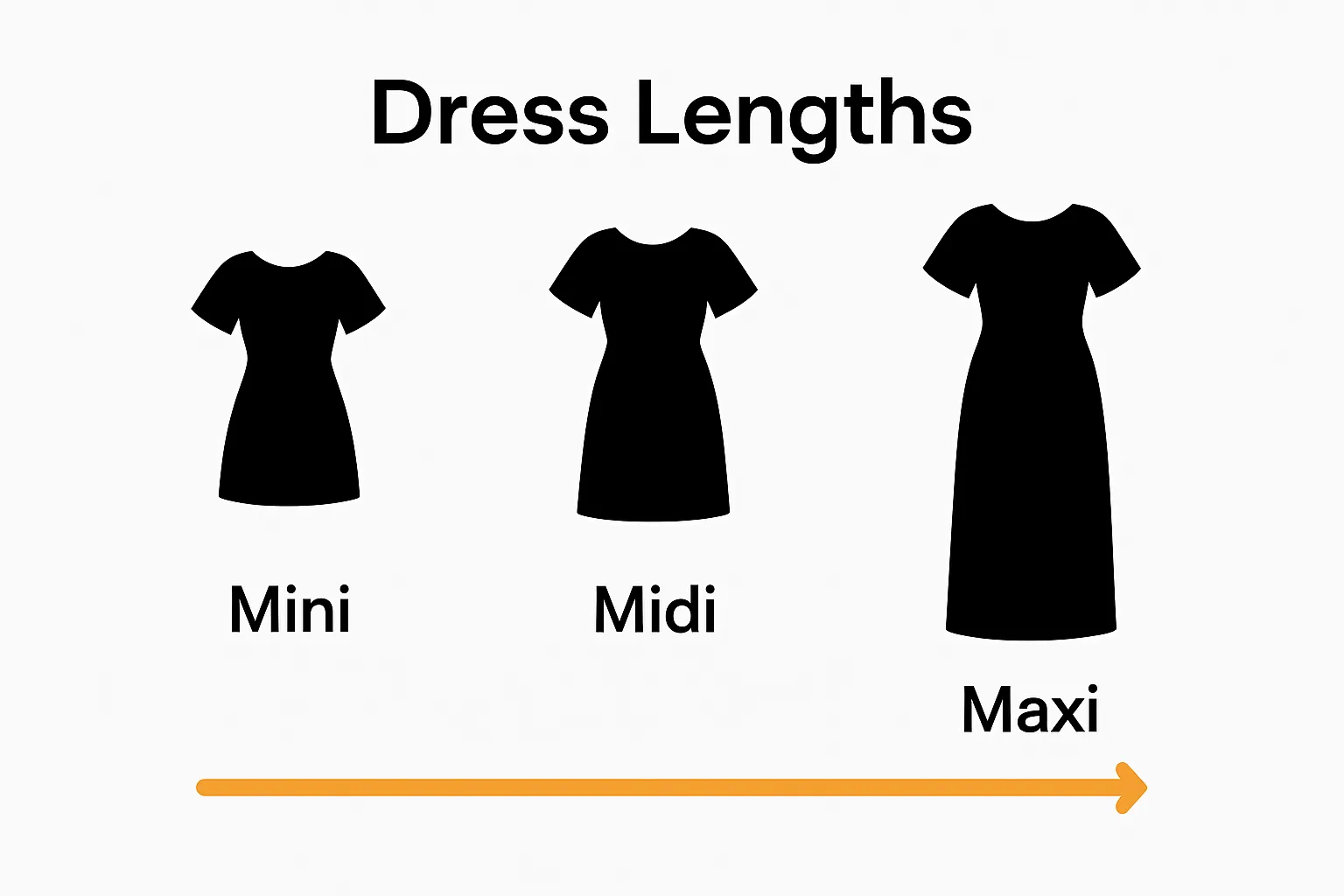
Key Dress Classification Dimensions:
- Structural Design (A-line, Empire, Sheath)
- Length Categories (Mini, Midi, Maxi)
- Occasion Specificity (Formal, Casual, Cocktail)
Design Philosophy Behind Dress Varieties
Every dress tells a story through its construction and aesthetic choices. Designers carefully consider fabric drape, color psychology, and cultural symbolism when crafting different dress types.
This table compares popular dress types by highlighting their key structural features, typical contexts, and what they communicate about the wearer.
| Dress Type | Key Features | Typical Occasions | Style Message |
|---|---|---|---|
| A-line | Fitted waist, flares toward hem | Work, Day Events | Classic elegance, approachability |
| Sheath | Slim, straight cut, tailored fit | Offices, Formal Events | Professional, sophisticated |
| Bodycon | Tight-fitting, stretchy fabric | Parties, Nights Out | Boldness, confidence |
| Maxi | Ankle-length, flowing silhouette | Vacations, Summer Events | Bohemian, free-spirited |
| Cocktail | Knee-length, structured or playful | Evening, Parties | Fun, sociable, polished |
| Empire Waist | Raised waistline, long skirting | Weddings, Formal Events | Romantic, feminine |
| For instance, a structured cocktail dress communicates sophistication differently from a flowing summer sundress. |
The versatility of dresses allows women to explore various style expressions, enabling them to adapt their wardrobe to diverse social contexts. From professional settings to weekend brunches, the right dress can transform an entire personal presentation.
Understanding dress types isn’t just about fashion knowledge. It’s about recognizing clothing as a form of personal communication, a visual language that speaks volumes about individual identity, mood, and cultural belonging.
Why Types of Dresses Matter in Fashion Choices
Fashion is more than aesthetic preference. It is a strategic communication tool that allows individuals to express identity, mood, and social positioning through carefully selected garments. Understanding dress types transcends simple clothing selection, becoming a nuanced art of personal branding and self-representation.
Strategic Dress Selection
Choosing the right dress type involves complex psychological and sociological considerations. Research from fashion psychology experts suggests that clothing choices significantly impact personal perception, professional opportunities, and social interactions. A well-selected dress communicates confidence, sophistication, and intentionality.
Critical Dress Selection Factors:
- Body Proportions
- Social Context
- Personal Comfort
- Style Aesthetic
Psychological Impact of Dress Types
Each dress type carries intrinsic psychological implications. A structured blazer dress signals professional ambition, while a flowing bohemian maxi dress suggests creativity and free spiritedness. These subtle visual cues help individuals navigate complex social landscapes, making dress selection a strategic personal investment.
Understanding fashion terminology becomes crucial in making informed wardrobe decisions. The right dress can elevate confidence, transform personal presentation, and create powerful first impressions. It is not just about looking good, but feeling authentically represented through clothing choices.
How Each Dress Type Reflects Personal Style
Personal style emerges as a complex visual language where dress types serve as powerful communication tools. More than mere fabric combinations, different dress styles articulate nuanced aspects of individual personality, emotional states, and social aspirations.
Dress Styles as Identity Expressions
Fashion researchers suggest that clothing choices are profound psychological statements about self-perception and social positioning. Every dress type carries intrinsic symbolic meanings that extend beyond aesthetic preferences, representing deeply personal narratives of identity and aspiration.
Key Style Communication Elements:
- Silhouette Structure
- Color Palette Choices
- Fabric Texture Selections
- Accessory Coordination
Decoding Dress Type Personalities
Each dress category communicates distinct personality traits. A bodycon dress signals confidence and bold self-expression, while an A-line dress suggests classic elegance and approachability. Designers intentionally craft these styles to resonate with specific emotional and social archetypes.
Explore different women’s fashion styles to understand how clothing becomes a transformative medium of personal storytelling. The right dress does more than cover the body. It becomes an extension of individual identity, allowing wearers to communicate complex emotional landscapes through carefully curated fashion choices.
Key Features of Popular Dress Styles
Dress styles represent intricate design languages that blend aesthetic principles with functional requirements. Each dress type emerges from complex cultural and historical contexts, offering unique visual narratives that extend far beyond simple clothing choices.
Structural Design Characteristics
Museum curators documenting fashion history highlight how dress structures communicate sophisticated design philosophies. Different silhouettes strategically emphasize or minimize specific body proportions, creating visual symphonies that transform human physiology.
Essential Dress Structural Elements:
- Waistline Placement
- Neckline Configuration
- Sleeve Design
- Hemline Variations
Fabric and Aesthetic Dynamics
The interaction between fabric selection and dress style creates profound visual and tactile experiences. A structured sheath dress in heavyweight wool communicates professional gravitas, while a flowing chiffon maxi dress suggests romantic ethereality. Material choices become intentional design statements that amplify a dress’s inherent personality.
Explore bold fashion trends to understand how contemporary designers continuously reinterpret classic dress styles. The most compelling dress designs balance technical precision with emotional resonance, transforming fabric into a medium of personal expression.
Choosing the Right Dress Type for Various Occasions
Dress selection transcends aesthetic preferences, becoming a strategic decision that communicates social intelligence and personal awareness. Understanding the nuanced expectations of different environments requires sophisticated wardrobe planning and contextual fashion comprehension.
Social Context and Dress Appropriateness
Workplace dress code research demonstrates that clothing choices significantly impact professional perception and career trajectory. Dress selection becomes a critical nonverbal communication tool, signaling competence, creativity, and cultural alignment across diverse social landscapes.
Critical Occasion Dress Considerations:
- Event Formality Level
- Professional Environment
- Cultural Expectations
- Personal Comfort Range
Strategic Dress Selection Principles
Each social context demands a unique dress approach. A cocktail party might welcome bold, statement pieces, while a corporate meeting requires understated elegance. Understanding these subtle distinctions transforms dress selection from a simple clothing choice to a nuanced form of social navigation.
Explore bold fashion style guidelines to master the art of contextual dress selection. The most sophisticated fashion enthusiasts recognize that the right dress is not just about looking good, but about feeling authentically powerful in every environment.
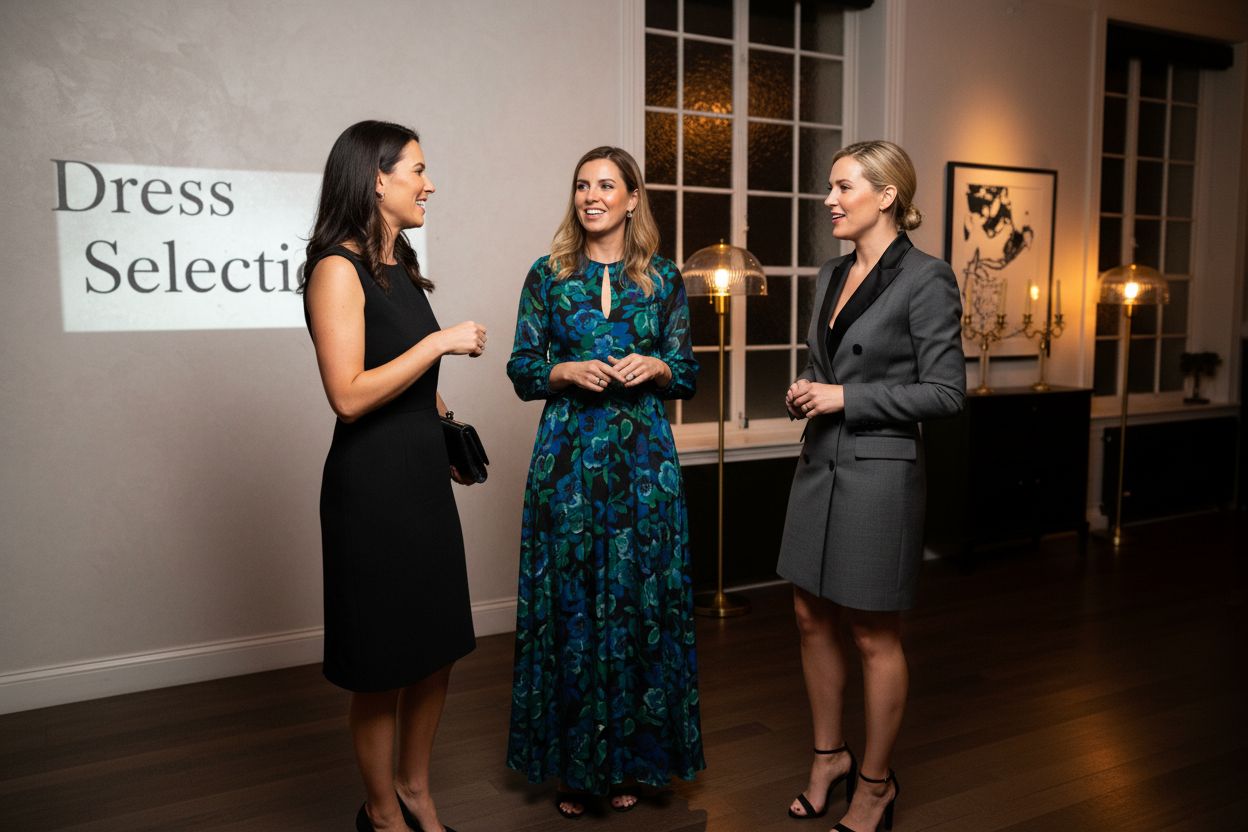
Find Your Perfect Dress for Every Occasion at DARK Femme
Choosing the right dress for a specific event is about more than just style. The article highlights how understanding different types of dresses can empower you to align your wardrobe with your unique identity and the demands of every social setting. If you have ever struggled to communicate the right message or feel authentically confident in your dress choices, you are not alone. Many women want options that fit their personality, flatter their shape, and match each occasion without the stress or second-guessing.
Explore our full range of bold, contemporary designs in the Dresses Collection. Whether you are searching for professional sophistication, casual comfort, or a standout look for your next special event, we curate styles that make it easy to find your match. Every piece is crafted to help you feel unapologetically yourself.
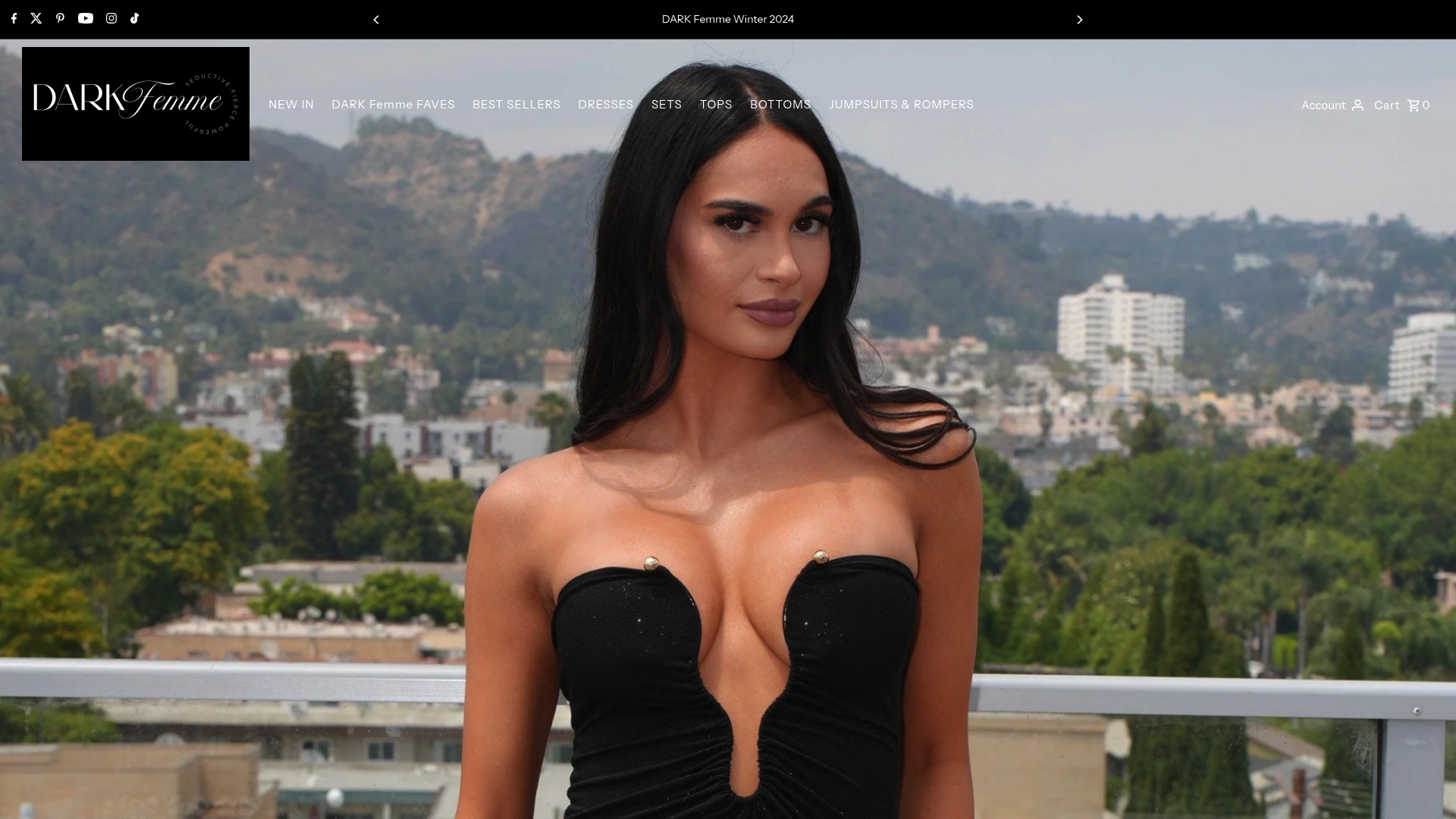
Ready to transform your closet into a confident expression of you? Shop now at https://darkfemme.com to experience new arrivals and exclusive deals. Want the latest trends before anyone else? Visit our NEW IN section to claim fresh looks and limited-time savings before they are gone.
Frequently Asked Questions
What are the different types of dresses based on length?
Dresses can be categorized into mini, midi, and maxi lengths, each offering different styles and appropriateness for various occasions.
How should I choose a dress type for a formal event?
For formal events, consider dresses with structured designs such as sheath or A-line styles, and opt for rich fabrics that convey sophistication.
What factors should I consider when selecting a dress for casual outings?
When selecting a dress for casual outings, consider your body proportions, personal comfort, and the overall style aesthetic to ensure a relaxed yet stylish look.
How do dress types reflect personal style?
Different dress styles convey various aspects of individual personality and emotional states; for example, a bodycon dress may reflect confidence, while an A-line dress suggests classic elegance.
